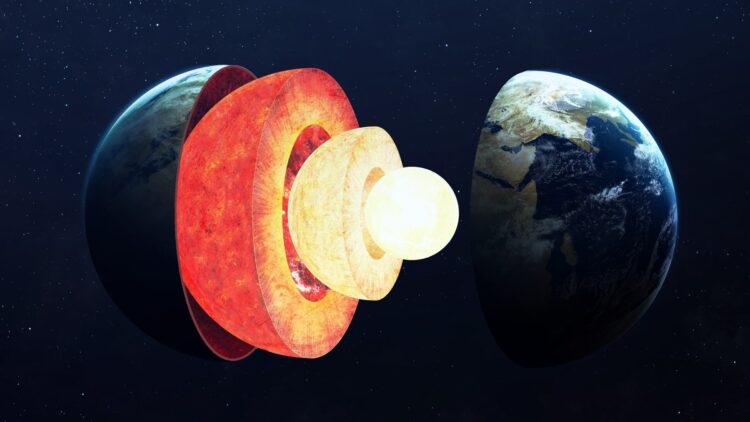Although it seems like we have fully explored the Earth and it can appear we have nothing left to learn within its confines, that could not be any further from the truth. As technology advances we learn more about our planet, which sometimes helps us and sometimes hinders us, but at the end of the day it gives us a different perspective. The latest scientific discovery to blow our minds is the unearthing of a giant underground ocean 700 kilometers beneath the surface.
It can be hard to wrap our minds around this concept, after all we have all thought for decades that the Earth was solid all the way down to the liquid magma core, but as it turns out we still have plenty of things to discover, and this could finally solve the mystery of our planet’s water origins.
The mass of water that lives well beneath the Earth surface
Water is one of the most precious resources we have in this planet. It sustains life and allows us to gather food, travel enjoy ourselves… It is so important that we humans are made mostly of it, but that does not mean that we know everything about where it comes from or how it truly appeared. Steven Jacobsen, a researcher at Northwestern University in Illinois and the lead author of the study that discovered the hidden ocean said” This is tangible evidence that water on Earth came from within.”
The thing is, that when we think of water, we think of it in liquid form, as we are used to experiencing it, but this hidden ocean is trapped within a blue rock known as ringwoodite, and the surface it occupies is almost beyond comprehension, three times more than all the planet’s surface oceans combined. Or, at least, that is the estimate. The scale of the finding is impressive, but its implications for our understanding of the planet’s water cycle are even more significant. Rather than being delivered by comets, as previously theorized, this new perspective proposes that Earth’s oceans may have gradually emerged from deep within the planet itself.
Detecting this new water reservoir was not easy for scientist. To do so, they analyzed seismic data collected from 2,000 instruments placed across the U.S., using waves from more than 500 earthquakes. They used them because, as seismic waves pass through the Earth’s interior, they travel slower in areas containing moisture, allowing researchers to identify zones of water-rich rock deep underground. It is the same principle behind a lot of detection software like sonars and it yielded impressive results even if we cannot fully prove beyond any shadow of a doubt just yet the existence of this reservoir.
Despite the inconclusive tangible nature of the discovery, it could lead to a shift in how we view Earth’s water cycle. Water trapped within the mantle which is constantly seeping between mineral grains may be a major contributor to the planet’s water reserves. According to geophysicist Jacobsen, without this internal storage, much of Earth’s water would likely flood the surface, leaving only the tallest peaks above sea level, which would have meant an entirely different path for the planet well before humanity existed. The fact that this water filters through again and again keeping the level constant might be the main contributor to our existence.
But the work is not done yet, despite the magnitude of this discovery, there is still so much to learn, and, with this new information in hand, scientists aim to expand their studies using global seismic data to explore whether this deep-mantle water retention is widespread. The results could offer a fundamentally new perspective on how water moves through and is stored within our planet.

